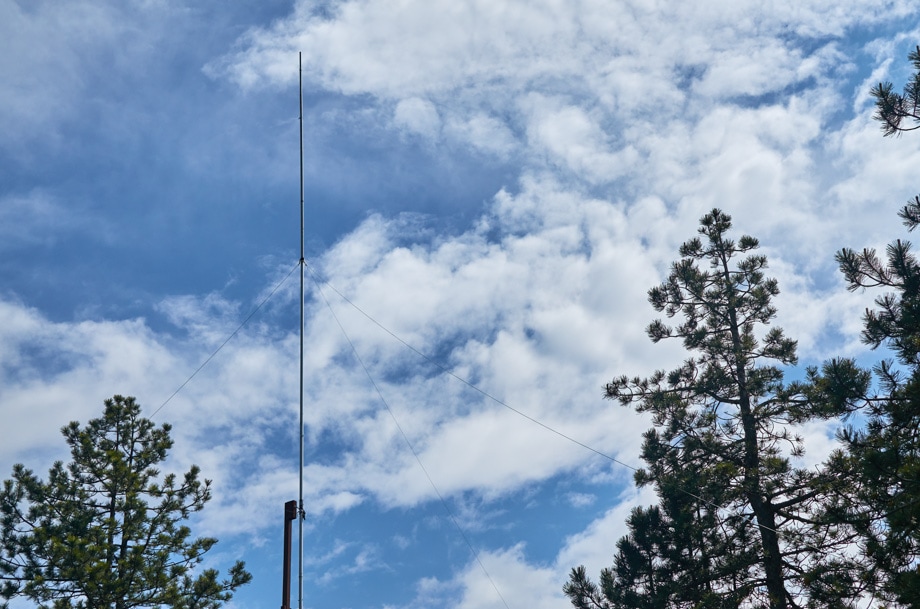
Tree Care
Professional, affordable tree services done right.
Fully insured and licensed, our arborists have been providing high quality and affordable tree services to Charlotte and the surrounding area since 2000. Our full-service pruning and tree care services are offered year-round for your convenience.
How We Care for Your Trees

Tree Health Care
There are a variety of pest issues that can affect trees, from those pests that completely girdle and kill the tree to those that just cause aesthetic damage. Pests such as: borers, gall wasps, aphids, scale insects and other insect species can be very destructive. Other issues such as bacterial and fungal diseases present similar problems and can also be lethal.
We are paying particular attention to Emerald Ash Borers in the Charlotte Mecklenburg area, as they are a new pest to the region. They are lethal to Ash trees, so without proper protection all Ash trees will fall victim to this invasive pest over the next few years.
Protecting and nurturing your trees can be vital not only to their health but their survival. Fertilization, watering, pest control, fungal and disease control are all important and interconnected aspects of keeping your trees hearty and strong.
During the growing season most trees require supplemental fertilizer beyond what is naturally occurring from rainfall and ground residues. Depending upon tree species, fertilization should occur at least once a year from for most trees to provide adequate nutrition.
Tree Pruning
Proper trimming and pruning can keep your trees looking great and is essential for their health. Our ISA Certified Arborists understand how to properly prune each tree based on our client's goals and objectives for that tree. Some common types of pruning are:
- Removal of dead, diseased, or broken branches for risk mitigation
- Pruning to provide clearance with houses, over driveways, around other landscape plants or any other area of conflict
- Structural pruning of young trees to help mitigate or correct defects while the tree is small and to promote a strong structure as it grows
- Pruning to establish or preserve a view/line of sight
- Reduction pruning of mature trees to selectively reduce length and weight to reduce the risk of large limb failure
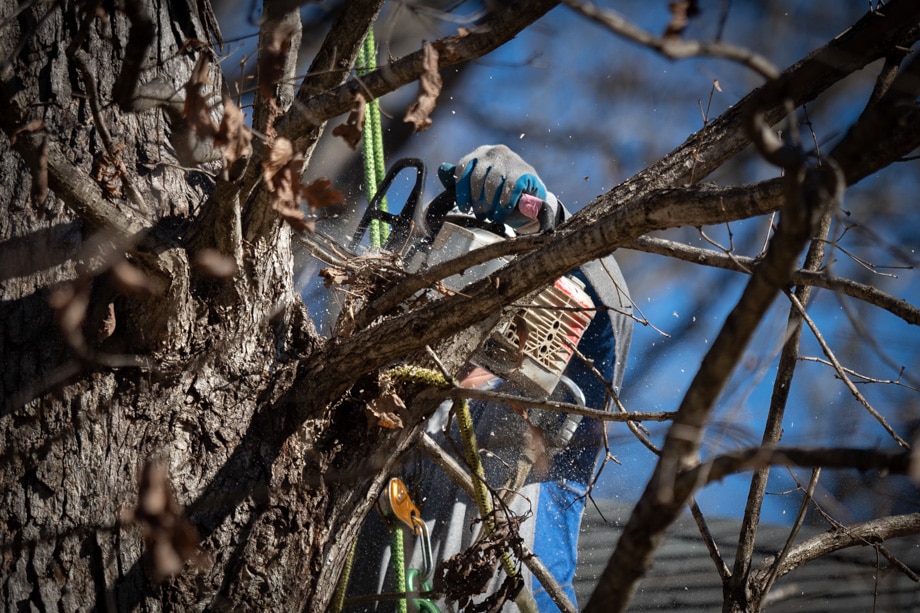
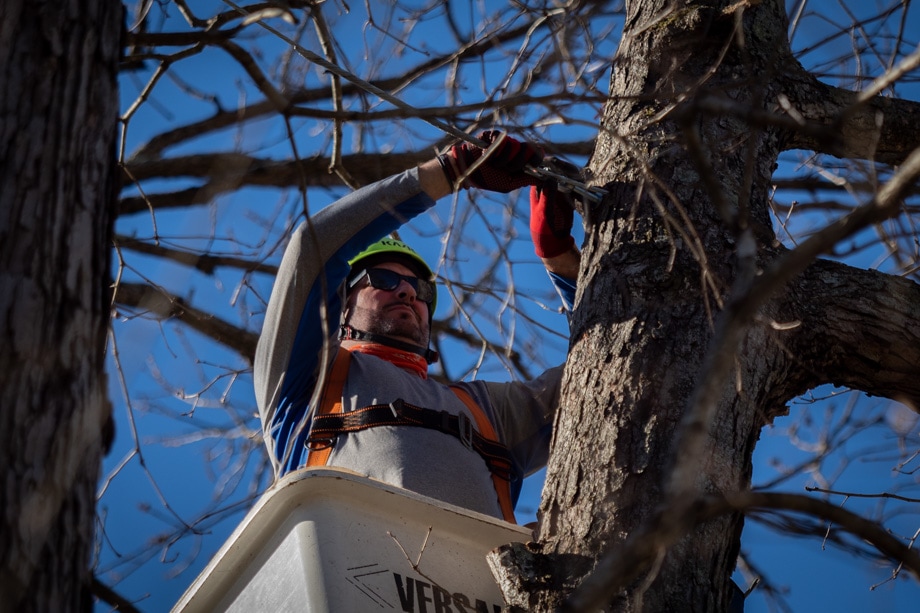
Cabling & Bracing Trees
Trees are living organisms and grow in a less than perfect form just like all of us. These imperfections can lead to structural defects in a tree that can lead to loss of a large limb or section of the canopy. Many times, pruning by itself can go a long way to helping mitigate the risk posed by these defects. In some situations, your Arborscapes Arborist, may recommend installation of a cable or brace rod or other supplemental support system to provide additional support and reduce the risk of large limb/canopy failure. Arborscapes installs two types of cabling systems; one is an Extra High Strength Cable (EHS) system and the other is a composite fabric cabling system. Cabling is intended to restrict or dampen additional movement of limbs and stems beyond their breaking point. Cabling is often recommend for trees with co-dominant stems, branch unions that have a very tight angle, limbs that are judged to be 'over extended' based on the acritude of the tree and limbs that have a 'low aspect' ration in comparison to their parent stem/branch. Cables are generally installed high up in a tree's canopy and need to be inspected on a yearly basis or after major weather events. Not every tree will benefit from installation of a cabling system. Your Arborscapes Arborist can help determine if the tree is a good candidate for a supplemental support system.
Tree Preservation
As the Charlotte area continues to grow, development around trees and their loss as a result will continue to be an issue for our city. Arborscapes can help evaluate trees prior to construction planning, provide advice about the impacts to trees based on proposed construction and develop a plan for preserving that tree through the construction process. Not every tree is a good candidate for preservation and making tough decisions on the front end about building placement, grade changes or other changes to the site and how they will impact any existing trees can save a lot of cost and headache after construction is completed. Some of the tree preservation services we offer and may recommend:
- Pre-construction tree inspection/evaluation
- Establishment of a tree and soil protection zone
- Root pruning near areas of excavation/grade changes
- Soil remediation to correct damage done by construction
- Preventative pest and disease control
- Prescription soil fertilization
- Charlotte UDO removal inspection
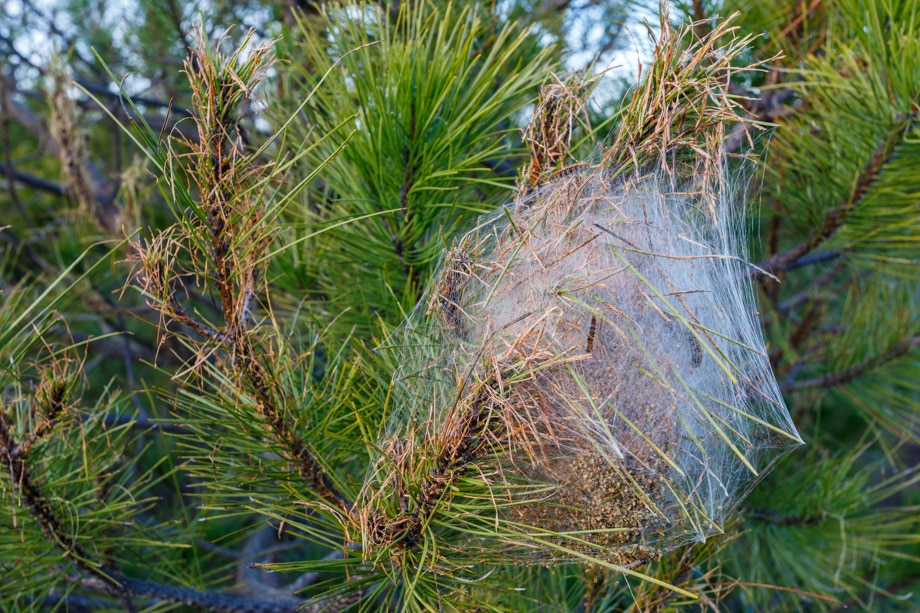

Real-estate Sale Property Inspections
Ensuring that the roof, foundation, and electrical wiring are all in good working order before purchasing a home are all routine points of inspection. During the buying process often times the landscape and trees are forgotten about until after the boxes are unpacked, pictures are hung, and everyone is settled and comfortable in the new space. Existing trees can be a large hidden expense or even danger that a new homeowner only realizes after the sale is finalized. Inspection prior to sale allows for the identification of any areas of concern and care or removal recommendations and cost information for those recommended services.
Tree Inventories
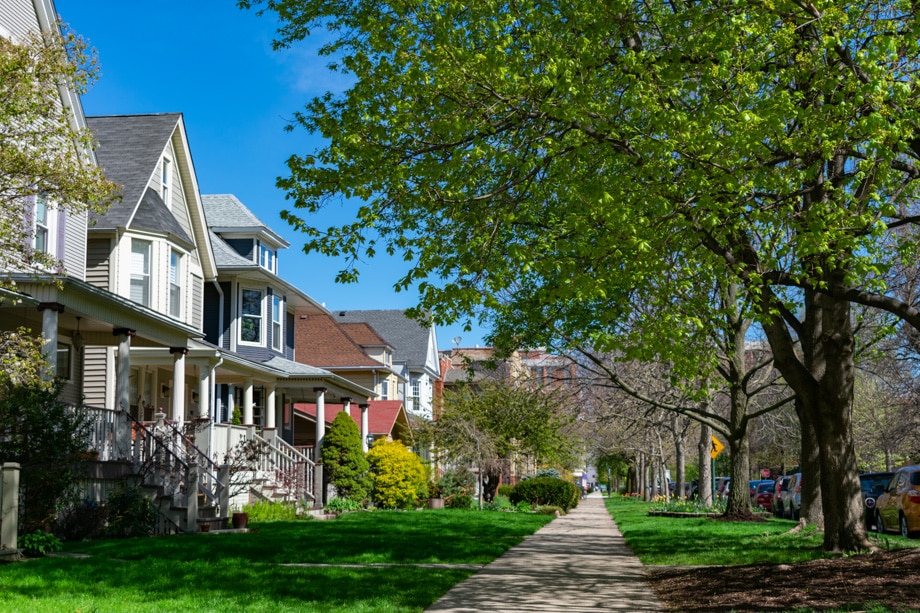
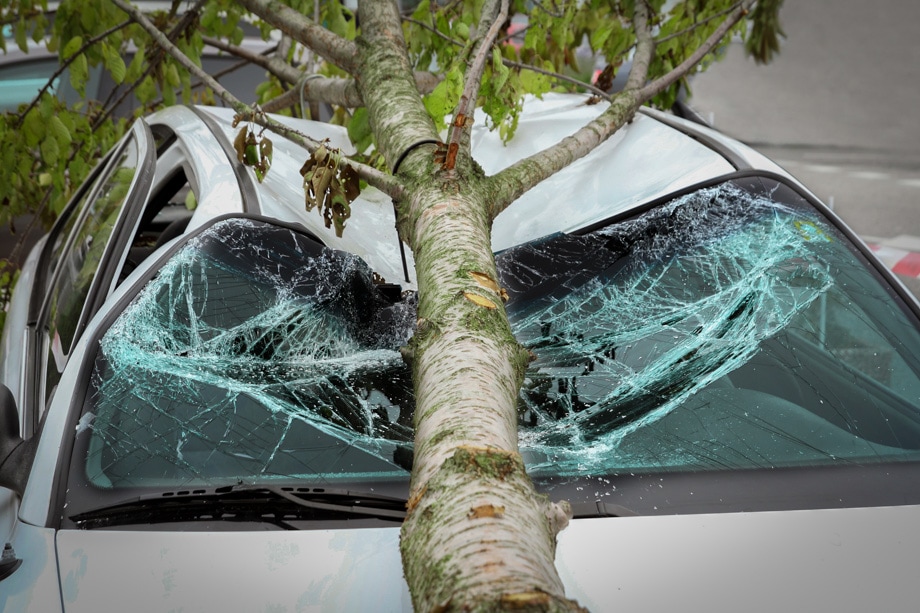
Tree Risk Assessment
Most everything in our daily lives has some amount of risk associated with it and trees are no different. Consequences of a large tree pulling up out of the ground and falling can be catastrophic to property and potentially deadly to people.
Lightning Protection
Lighting protection systems are designed to minimize the chances a tree will be damaged by a lightning strike by providing a path to the ground outside of a tree's living tissues. These systems consist of a long copper cable connected to a terminal rod as high in the canopy of the tree as possible on one end and a ground rod buried away from the trunk of the tree. Not every tree needs a lightning protection system (The chances of a dogwood getting struck by lightning are pretty near zero) and there are a variety of factors that are considered raining from tree species to site conditions.
